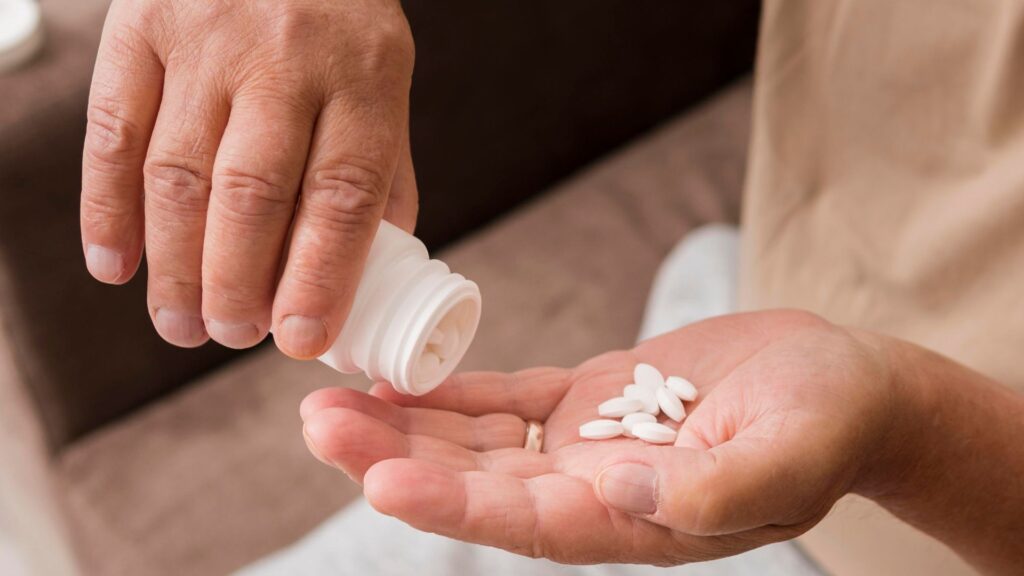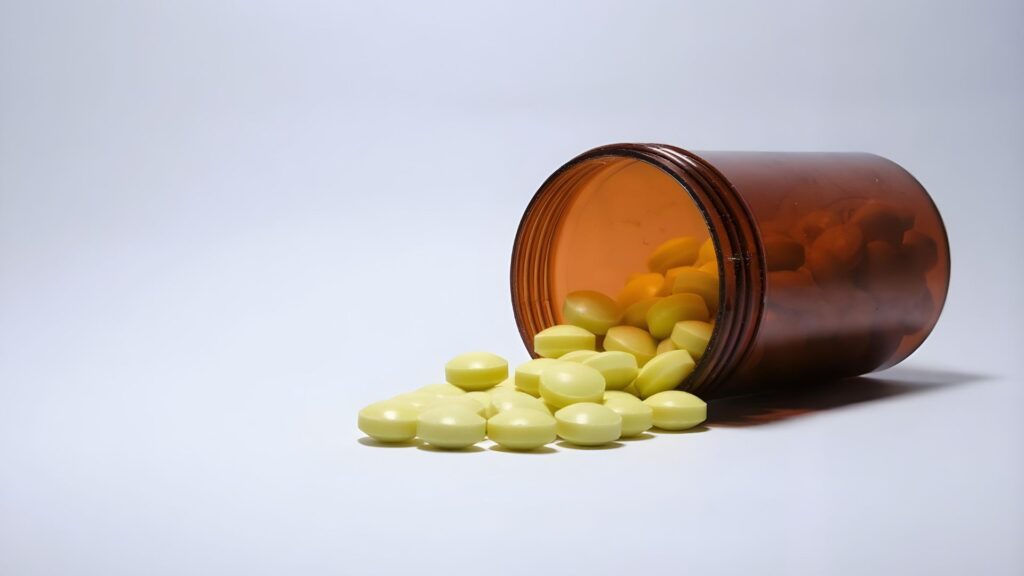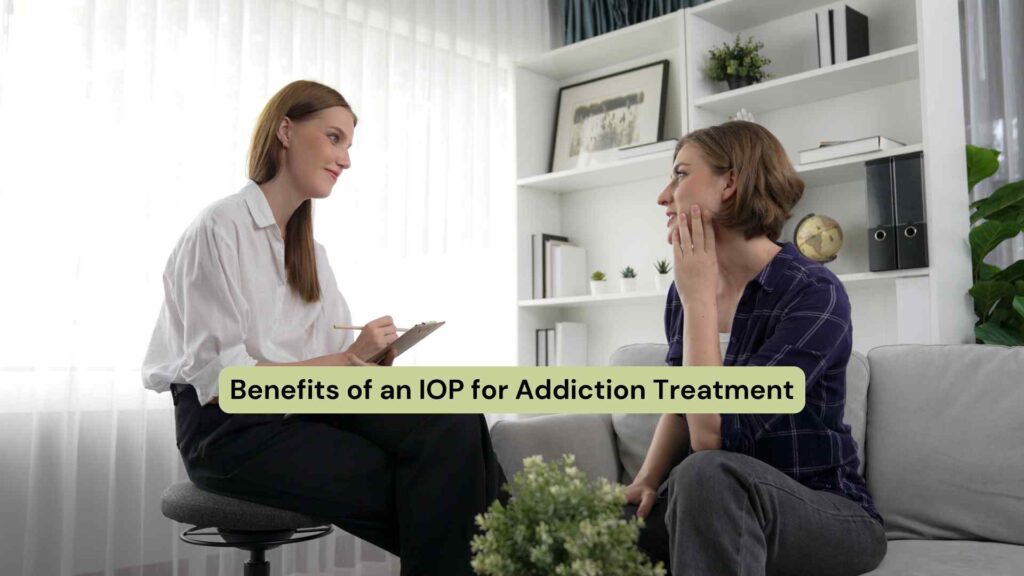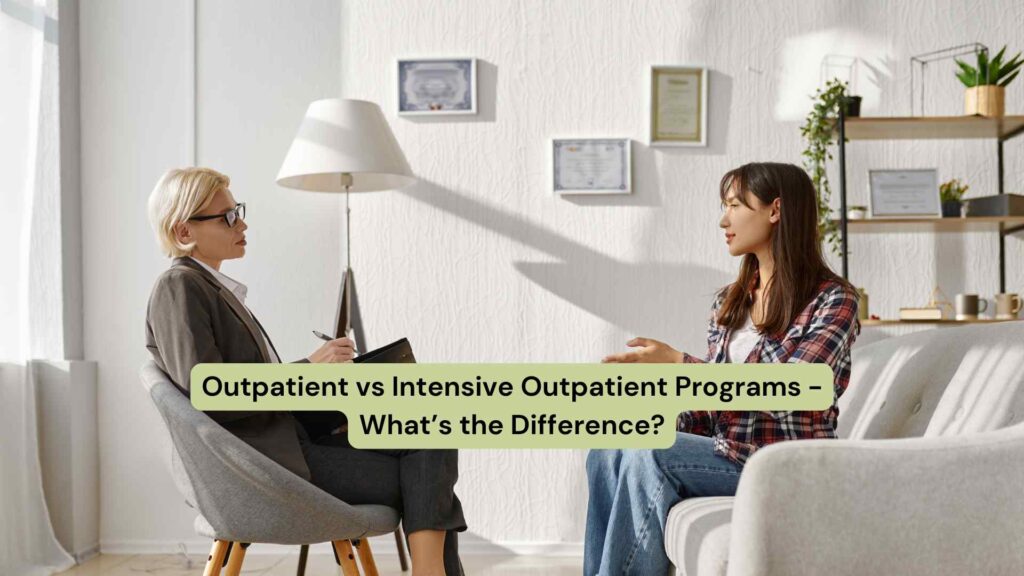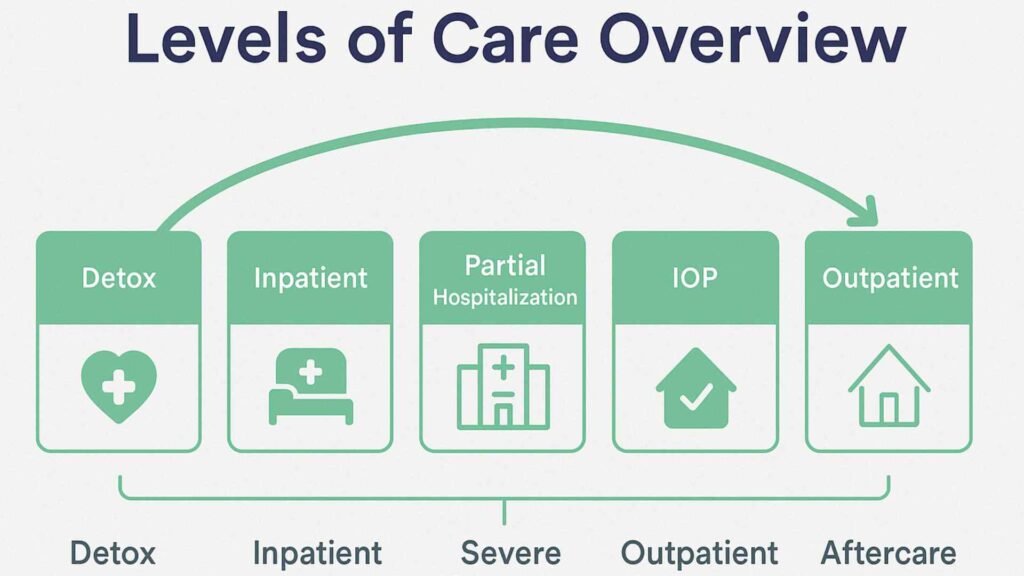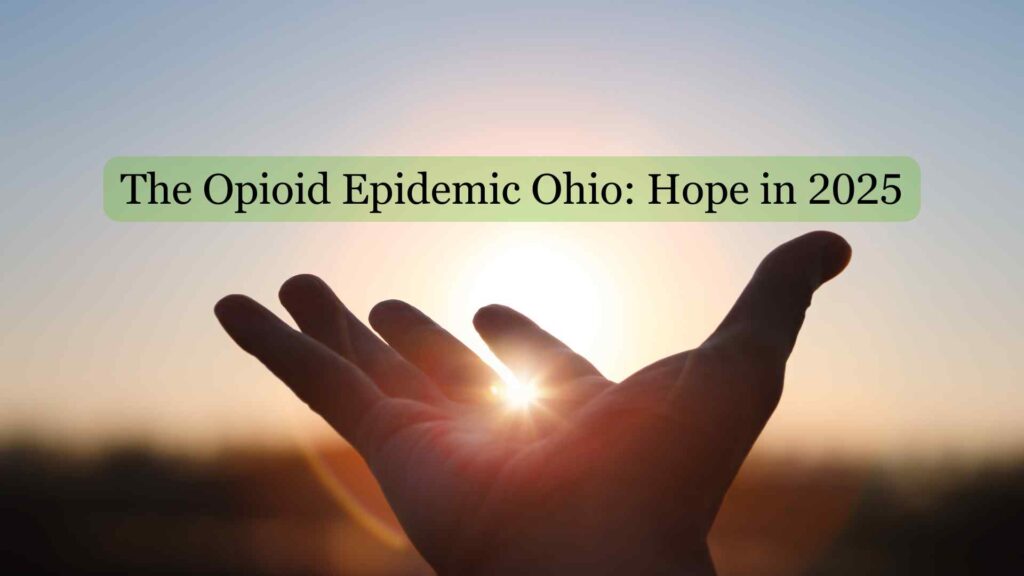Finding the right tools for recovery can feel overwhelming, especially when cravings and withdrawal symptoms stand in the way of progress. Medication-assisted treatment (MAT) offers one approach that uses proven medications to support stability while individuals build lasting change.
In this article, you’ll discover the key medications used in MAT for opioid and alcohol use disorders, how they work, and what role they play in a broader treatment plan.

Understanding MAT and How It Works
Medication-assisted treatment is a structured approach that combines medications with behavioral therapies and recovery support. Its goal is to address both the physical and psychological aspects of addiction, giving individuals a stronger base for healing. By blending medical care with counseling, MAT reduces relapse risk and supports long-term stability.
It works by using FDA-approved medications to help rebalance brain chemistry disrupted by substance use. These reduce cravings and withdrawal, making it easier to focus on recovery instead of constant symptoms.
When paired with therapy and supportive services, medication-assisted treatment helps individuals rebuild routines and regain control of their lives.
Medications for Opioid Use Disorder
- Methadone: A long-acting opioid agonist that reduces opioid cravings and withdrawal symptoms without producing the same euphoric effects. It is administered daily at specialized clinics under professional supervision.
- Buprenorphine: A partial agonist that helps manage cravings and withdrawal with a lower risk of misuse. It can be prescribed in outpatient settings, making it more accessible for many patients.
- Naltrexone: An antagonist that blocks the effects of opioids. It is available as an oral tablet or a monthly injection and works best for individuals who have already detoxed.
The medications used do not replace one addiction with another, as it is sometimes misunderstood. Instead, they work by normalizing brain chemistry, reducing cravings, and minimizing withdrawal symptoms, distinguishing them from unregulated addictive substances that can worsen dependence.
Medications for Alcohol Use Disorder
MAT is also effective in treating alcohol dependence. The medications approved for this purpose target cravings and the brain’s response to alcohol.
- Disulfiram (Antabuse): Creates an unpleasant reaction when alcohol is consumed, discouraging drinking. It is most effective when use is supervised and individuals are motivated to remain abstinent.
- Acamprosate (Campral): Helps stabilize brain chemistry, reducing the desire to drink. It is generally well-tolerated and works best for those who have already stopped drinking.
- Naltrexone: Also used for alcohol use disorder, it reduces the rewarding effects of drinking and lowers cravings. This can be taken orally daily or as a monthly injection.
Some programs may use off‑label options such as topiramate or gabapentin when first‑line agents aren’t effective or tolerated. These decisions are individualized and based on evidence, risks, and patient preference.
Safety and How Clinicians Choose Medications
Clinicians select MAT medications based on a person’s history, current health, recovery goals, and the appropriate level of care needed. Lab tests and medical reviews ensure that the chosen option is safe and effective, while discussions cover dosing schedules and possible side effects. The aim is to match the right medication and level of care with the individual’s needs for stability and progress.
Patients are advised on safe storage, avoiding risky drug combinations, and carrying naloxone for emergencies. Regular monitoring through clinic visits and check-ins helps keep treatment safe and effective over time.

What to Expect in a Comprehensive MAT Program
A full MAT program involves more than just prescribing a medicine; it follows a structured path with ongoing support. The process usually begins with an induction phase, where clinicians carefully introduce the chosen medication and adjust the dose until symptoms are managed.
Next is the stabilization phase, where patients experience reduced withdrawal, improved sleep, and the ability to build daily routines. The maintenance phase focuses on preventing relapse and supporting long-term goals like employment, family relationships, and overall health.
Patients engage in counseling methods such as CBT, motivational interviewing, and trauma-informed therapy. Peer support groups and case management provide added accountability and encouragement. Progress is reviewed consistently, and treatment plans are adapted when needed—whether adjusting prescriptions, adding therapies, or planning a safe taper down the road.
Final Thoughts from Abundance Treatment
Medication-assisted treatment works because it treats addiction as a medical condition, stabilizing the brain and body so recovery can take root. The right medication reduces cravings, prevents relapse, and keeps people engaged in care.
At Abundance Treatment, we recognize that every individual’s recovery journey is unique. Our team provides evidence-based care that integrates MAT with therapy and support services to help both adult and adolescent clients achieve lasting sobriety. By combining medical expertise with compassionate care, we ensure individuals receive the treatment they need to move forward with confidence.




